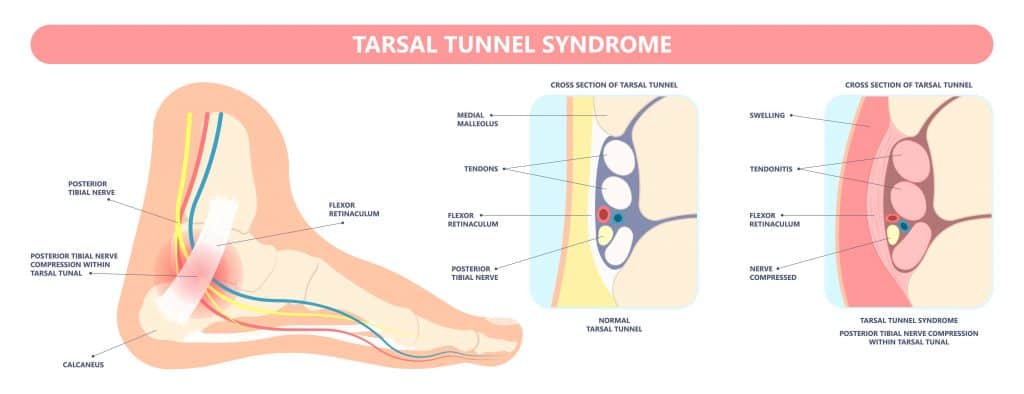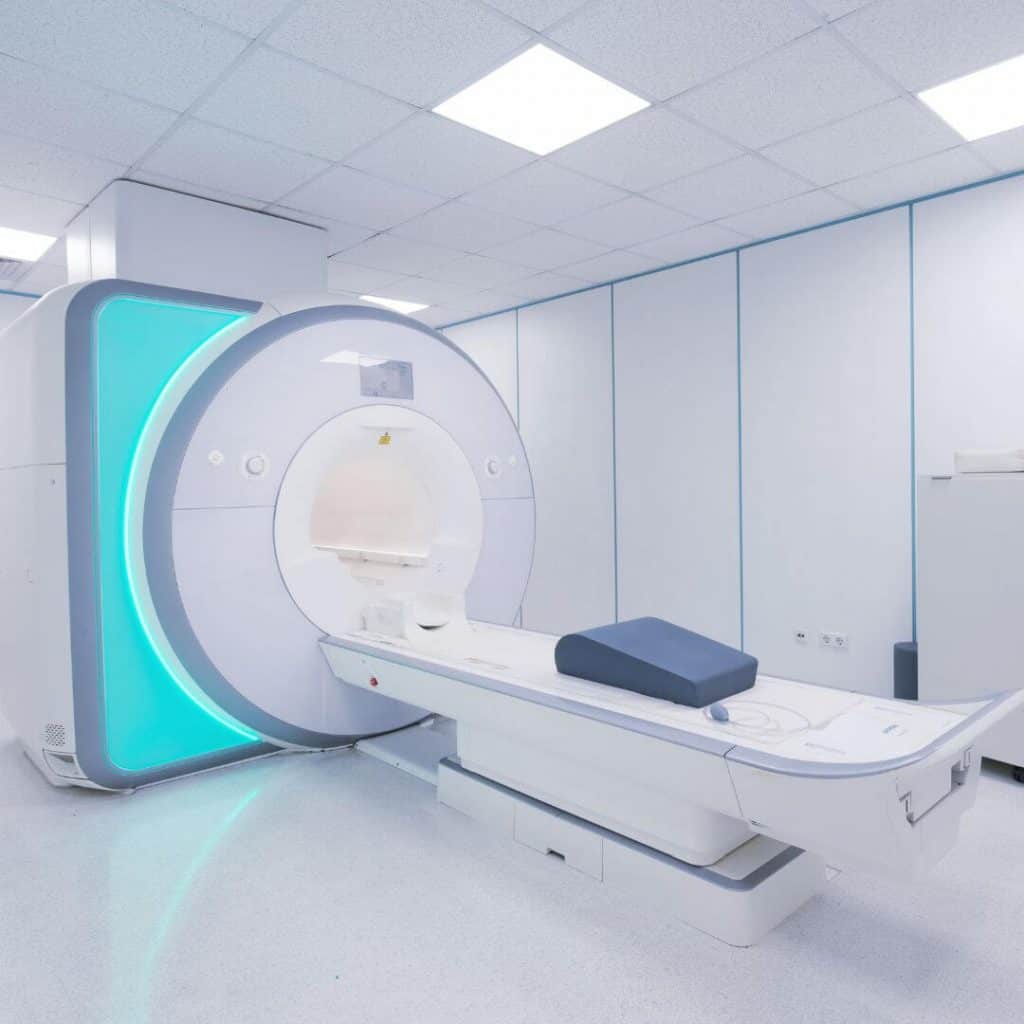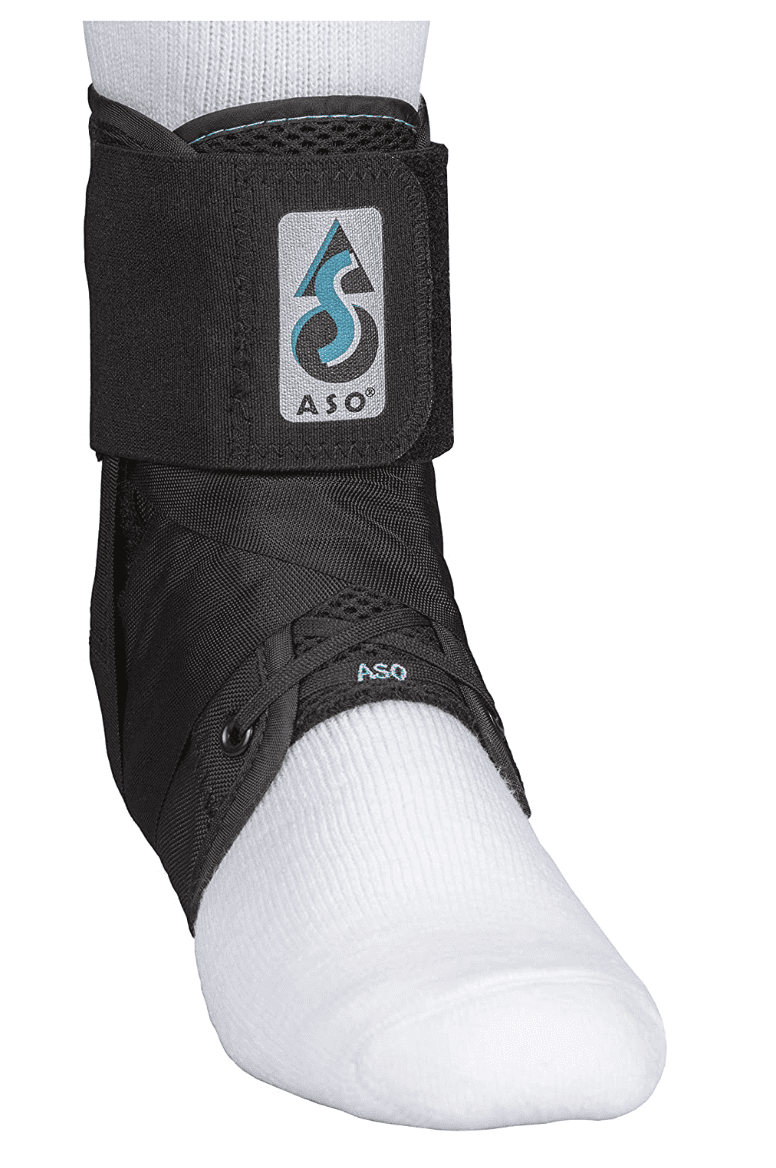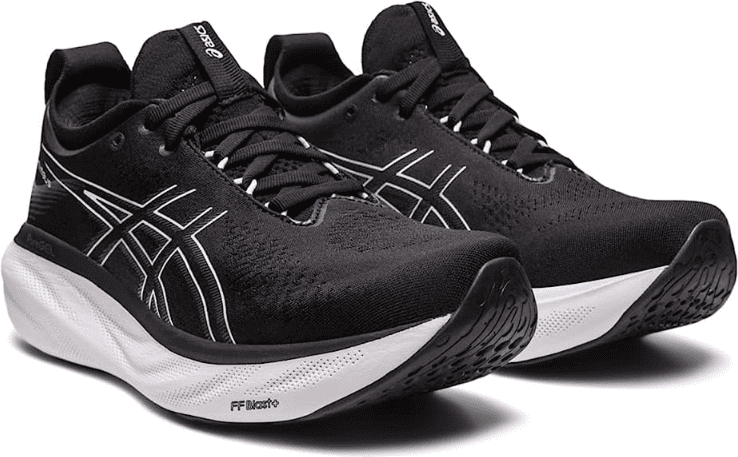Causes of Inner Ankle Pain Running
Read More >
On the inner aspect of the ankle joint, there is a tunnel where nerves, blood vessels and tendons pass through. The primary nerve passing through this area is the Posterior Tibial Nerve. This Sciatic nerve branch is held in the tarsal tunnel of the ankle by a piece of connective tissue called the Flexor Retinaculum.
The Posterior Tibial nerve innervates the intrinsic muscles of the feet along the side and bottom. If the nerve becomes irritated through compression, it can become painful, leading to Tarsal Tunnel Syndrome.

The symptoms of Tarsal Tunnel Syndrome include burning, tingling and pins and needles in the foot. Symptoms are aggravated by walking on uneven surfaces, running, hopping or jumping.
Some patients report shooting-type pain; in severe cases, there may be muscle weakness when there is compression of the Posterior Tibial nerve. For people with conditions such as diabetes or rheumatoid arthritis, the swelling associated with these conditions can aggravate the symptoms of Tarsal Tunnel Syndrome.
Like a lot of nerve pain, symptoms are often worse at night.
The onset of symptoms can be gradual or sudden, depending on the cause; if left untreated, symptoms often deteriorate.
There are two special tests for Tarsal Tunnel Syndrome:
Tinel’s and eversion tests. Tinel’s test involves the therapist applying percussion to the tarsal tunnel, and if there is distal radiation of paraesthesia, it is regarded as a positive test. Sensitivity is low at 25% to 75%; specificity is 70% to 90%
The dorsiflexion–eversion test involves the therapist placing the ankle into full dorsiflexion and eversion for 5-10 seconds. If this recreates the patient’s symptoms, it is a positive test. Reproduction of the patient’s symptoms is indicative of a positive test. This test is positive in 82% of patients with tarsal tunnel syndrome.
However, in a lot of cases, imaging is required. Ultrasound is an effective form of imaging for Tarsal Tunnel Syndrome, which is cost-effective and valuable for comparison to the opposite ankle.
An MRI is the gold standard form of a scan of Tarsal Tunnel Syndrome as it can be used to diagnose the condition and identify any structural abnormalities that may be causing the symptoms.

Physical Therapy is the most effective form of treatment for Tarsal Tunnel Syndrome. In the acute stages, treatment may involve taping, icing, a brace and anti-inflammatories such as ibuprofen, all of which act as a method to reduce inflammation and provide pain relief.
Weakness and inadequacies in mobility and stability of the ankle are addressed with appropriate exercises that should be progressive without further irritating symptoms.
Recommendations on footwear and insoles should be provided to optimise the stability of the foot and reduce the risk of compression through the gait cycle and when standing.

In stubborn cases, an injection may be required to reduce inflammation levels in the tarsal tunnel. Following an injection, 1-2 weeks in a boot can allow it to take maximum effect, followed by 4-6 weeks of Physical Therapy.
If symptoms persist despite appropriate conservative treatment, surgery may be required. Tarsal Tunnel Release surgery involves the splitting of a ligament in the ankle. It creates an opening in the back of the ankle, extending down to the foot’s arch to alleviate pressure from the tarsal tunnel.

We recommend the Med Spec ASO Ankle Brace for Tarsal Tunnel syndrome brace due to its lace-up support, ankle straps and woven elastic cup enclosure.
The lace-up support alongside the ankle straps helps secure the subtalar joint, reducing the compression at the Tarsal Tunnel and pain levels.
The elastic cup ensures comfort and prevents the strap from loosening. You can use this strap for daily activities or sports.
We earn commission from purchases you make from Amazon using our link, but it doesn’t affect your price for the brace.
We recommend Asics Gel-Nimbus 25 for Tarsal Tunnel Syndrome due to their Puregel Technology, FF Blast Eco Plus soles, and sock liner upper.
The combination of the Puregel Technology and FF Blast Eco Plus soles provides lightweight cushioning to your ankle, reducing the vibration and impact placed on your Tarsal Tunnel when walking or running.
The Sock liner is comfortable and reduces compression around the Tarsal Tunnel compared to most other brands.
We earn commission from purchases you make from Amazon using our link, but it doesn’t affect the price you pay.

In our experience, Tarsal Tunnel Syndrome lasts 2-6 weeks if a change in movement patterns causes it. However, Tarsal Tunnel Syndrome is often the result of a bone spur, ganglion cyst or systemic condition.
If it is not possible to resolve or manage, these symptoms can last 6-9 months or longer as surgery is often required.
The location of the pain in tarsal tunnel syndrome is on the inside of the ankle. Other conditions that could be mistaken for this condition are Posterior Tibial Tendonitis, Chronic Deltoid Ligament Sprain, Posterior Tibial Tendon tears and Medial Malleolus stress fractures.
This article is written by James McCormack, a Lower Limb Specialist who is an expert in treating Tarsal Tunnel Syndrome.
This is not medical advice. We recommend a consultation with a medical professional such as James McCormack if you are experiencing any of the symptoms discussed in this article. James offers Online Physiotherapy Appointments weekly and face-to-face appointments in his London clinic.